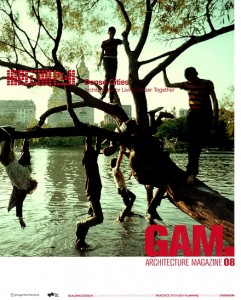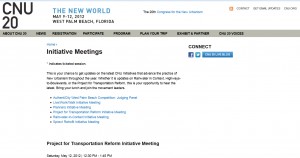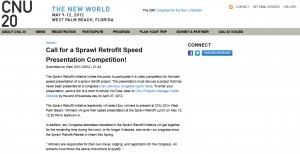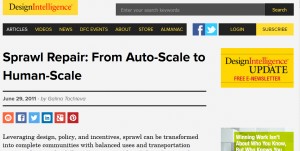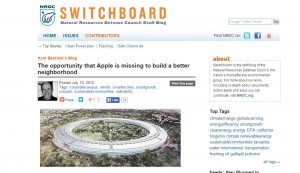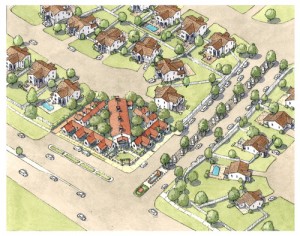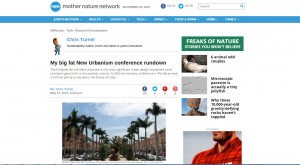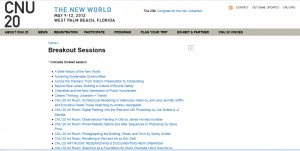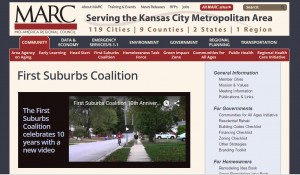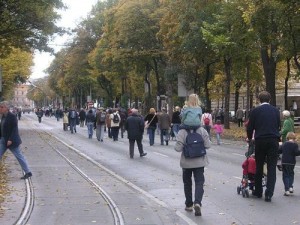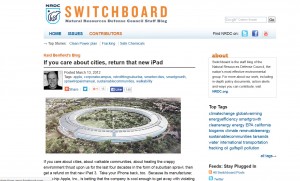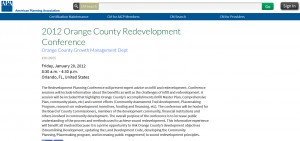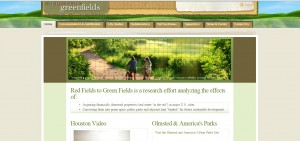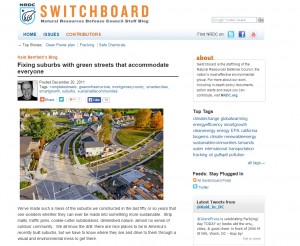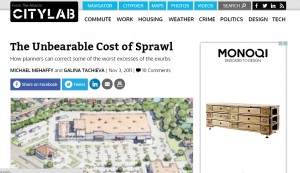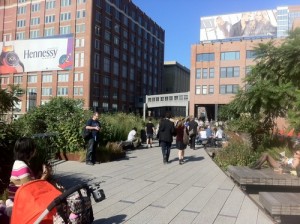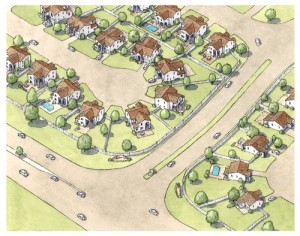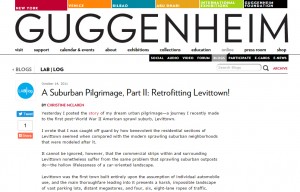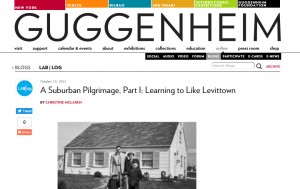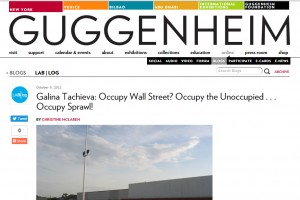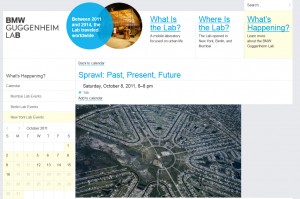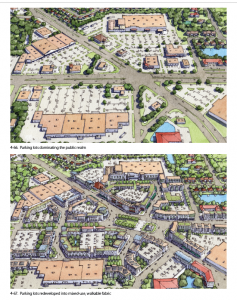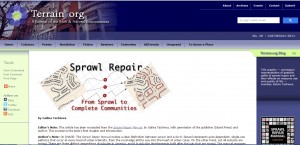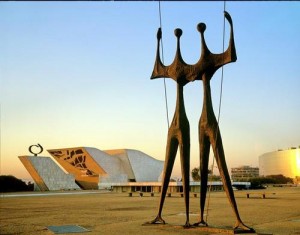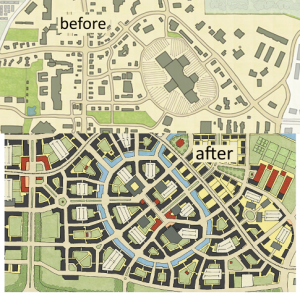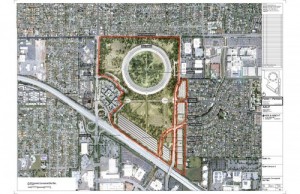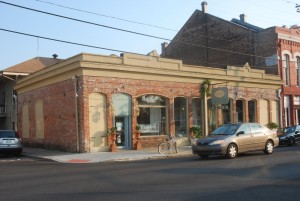Suburban retrofitting (also known as sprawl repair) is the retrofitting of abandoned chain stores, dead malls, disconnected apartment complexes, and segregated housing pods. The endgame of suburban retrofitting— walkable, mixed use, sustainable neighborhoods — is not substantially different from what planners have been trying to do for decades. The problem is the development pattern that has defined so much of our built environment: wide arterials, separation of uses, huge parking lots, and complete car dependency.
The push for repair goes beyond the need to stimulate new forms of investment. Sprawl repair aims to reduce energy use, reuse existing infrastructure rather than building anew, and provide denser, more walkable housing options in response to demographic change. Unlike green building or technological approaches to sustainability, however, sprawl repair can require substantial behavioral change — the prioritization of walking, an acceptance of more compact living, and tolerance for social diversity and land use heterogeneity. This transformation is going to require big thinking and political moxy.
This Initiative will provide an opportunity to fully explore how planners and designers might use their skills to transform “a thousand-square-mile oasis of ranch homes, back yards, shopping centers, and dispersed employment based on personal mobility” — as sprawl in Phoenix was recently described (Gammage, 2008) — into something more sustainable. In suburban retrofit, failed malls are converted to main streets, McMansions become apartment buildings, and big box stores are re-envisioned as agricultural land. The projects can be small, like “pulse development” along a corridor, or they can be much larger. The Phoenix Urban Research Lab Initiative will explore these possibilities for the Phoenix region from multiple perspectives.
